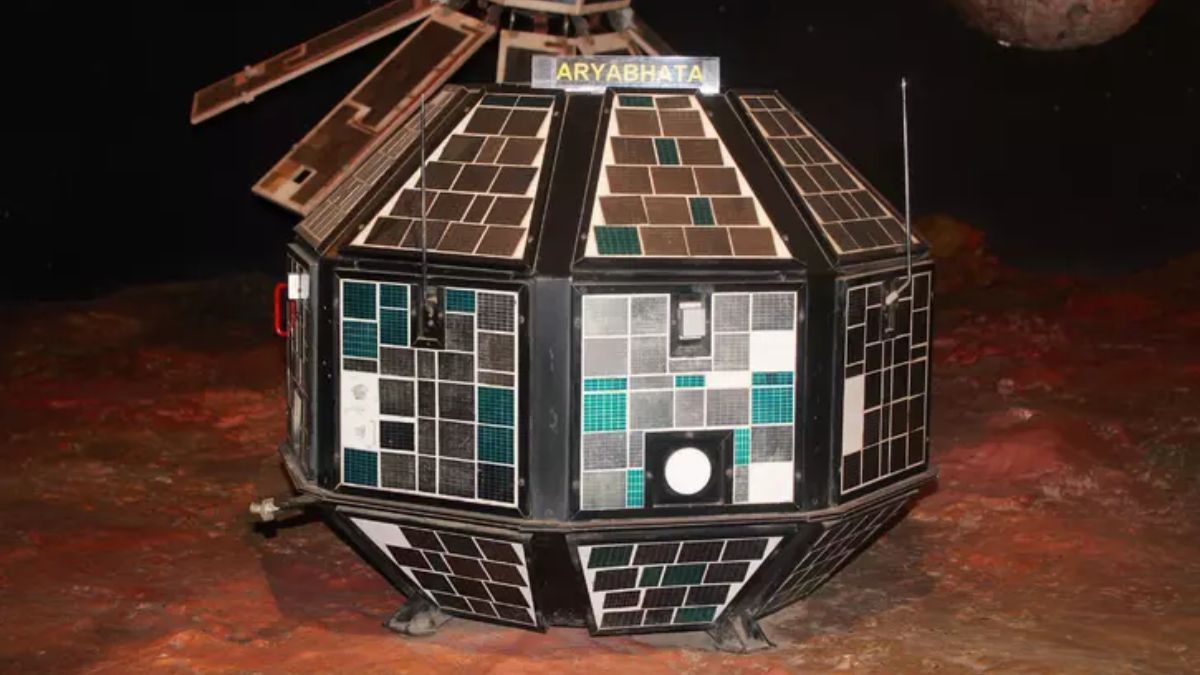It’s April 19, and the date marks a landmark moment for India’s journey into space.
On this day back in 1975, the Indian Space Research Organisation (Isro) launched Aryabhata—the country’s very first satellite. Named after the ancient Indian astronomer, the satellite wasn’t just an experiment; it was a giant leap that gave Isro the confidence to step into the world of satellite technology.
Found this interesting? If you are a history geek who loves to learn about important events from the past, Firstpost Explainers’ ongoing series, History Today will be your one-stop destination to explore key events.
April 19 also marks a pivotal moment in American history. In 1775, the first shots of the American Revolutionary War were fired at the Battle of Lexington. It was the beginning of the country’s fight for independence from British colonial rule.
But this date is also remembered for a far more tragic reason. On April 19, 1995, Oklahoma City was the site of one of the worst domestic terrorist attacks in American history. A massive truck bomb exploded outside a federal building, killing 168 people and injuring hundreds more.
Here is all that happened over the years on April 19 across the world.
India launches its first satellite Aryabhata
On 19 April 1975, India made a bold leap into the space age with the launch of its first satellite, Aryabhata.
Named after the renowned 5th-century Indian mathematician and astronomer, the 360-kg satellite carried instruments to conduct experiments in X-ray astronomy, solar physics, and ionospheric research.
“Aryabhata was quasi-spherical in shape with 26 flat faces measuring 1.59 metres across and 1.19 metres in height,” noted Space India, Isro’s in-house journal, in its April-June 2000 edition commemorating the satellite’s 25th anniversary. The satellite featured solar cells covering a surface area of 36,800 sq cm, generating around 46 watts of power.
Aryabhata’s launch was made possible through a crucial partnership between India and the Soviet Union. Under an agreement signed in 1972, the USSR provided both technical support and the launch vehicle needed to get the satellite into space.
Aryabhata was carried aboard a Kosmos-3M rocket—an established workhorse of the Soviet space programme—and launched from the Kapustin Yar site in Russia.
The successful mission wasn’t just a scientific win; it marked a turning point in India’s space ambitions and secured its place among the select group of nations with satellite capabilities.
“From that humble beginning, we have grown to the highest levels of maturity in satellite technology. To date, we have conceived and built 131 satellites of various types for a variety of applications. At the moment, we have 55 satellites in orbit,” Isro Chairman V Narayanan told The Hindu.
The dawn of the American Revolution
On April 19, 1775, the American Revolutionary War began with the Battles of Lexington and Concord in Massachusetts, marking the start of the colonies’ struggle for independence from British rule.
British troops had been ordered to march from Boston to seize colonial military supplies stored in Concord and to arrest rebel leaders. At Lexington, they were confronted by American militiamen. A shot rang out—its origin still unknown—and in the chaos that followed, eight colonists were killed and several others wounded.
The British continued to Concord but faced stiff resistance. At the North Bridge, colonial militiamen exchanged fire with British troops, forcing them into a chaotic retreat back to Boston. Along the way, colonial forces launched ambushes, using guerrilla-style tactics.
By the end of the day, British casualties numbered 73 killed, 174 wounded, and 26 missing. American militias lost 50 men, with 39 wounded and five missing.
Oklahoma City bombing
On 19 April 1995, the United States witnessed one of the deadliest domestic terrorist attacks in its history—the Oklahoma City bombing.
At 9:02 am, a Ryder truck packed with explosives detonated outside the Alfred P Murrah Federal Building in downtown Oklahoma City. The massive explosion ripped through the nine-storey structure, instantly killing 168 people, including 19 children, with several hundred more injured.
The blast destroyed nearly a third of the building, with many floors flattened like pancakes. Dozens of cars were incinerated, and more than 300 nearby structures were damaged or reduced to rubble.
The attack was carried out by Timothy McVeigh, a Gulf War veteran, and his accomplice Terry Nichols. Motivated by anti-government sentiment, McVeigh later said the bombing was revenge for the federal government’s handling of the Waco standoff in 1993, when 76 men, women, and children died in a fire during an armed standoff with federal agents in the Texas city. McVeigh believed that the government had declared war against the American people.
McVeigh was convicted and executed in 2001. Nichols received a life sentence. The investigation in this case was one of the most exhaustive in FBI history.


)

)
)
)
)
)
)
)
)



